Lesson 2: Image Building
The application of science and technological innovation is increasingly widely applied in the field of agricultural production, aiming to bring many benefits and increase income for farmers.
LONG STEP FORWARD
In practice, the agricultural sector of the country in general and Tien Giang province in particular has turned the situation from confusion, passivity, and surprise to being proactive, confident, timely, and creative to remove obstacles and overcome difficulties and challenges.
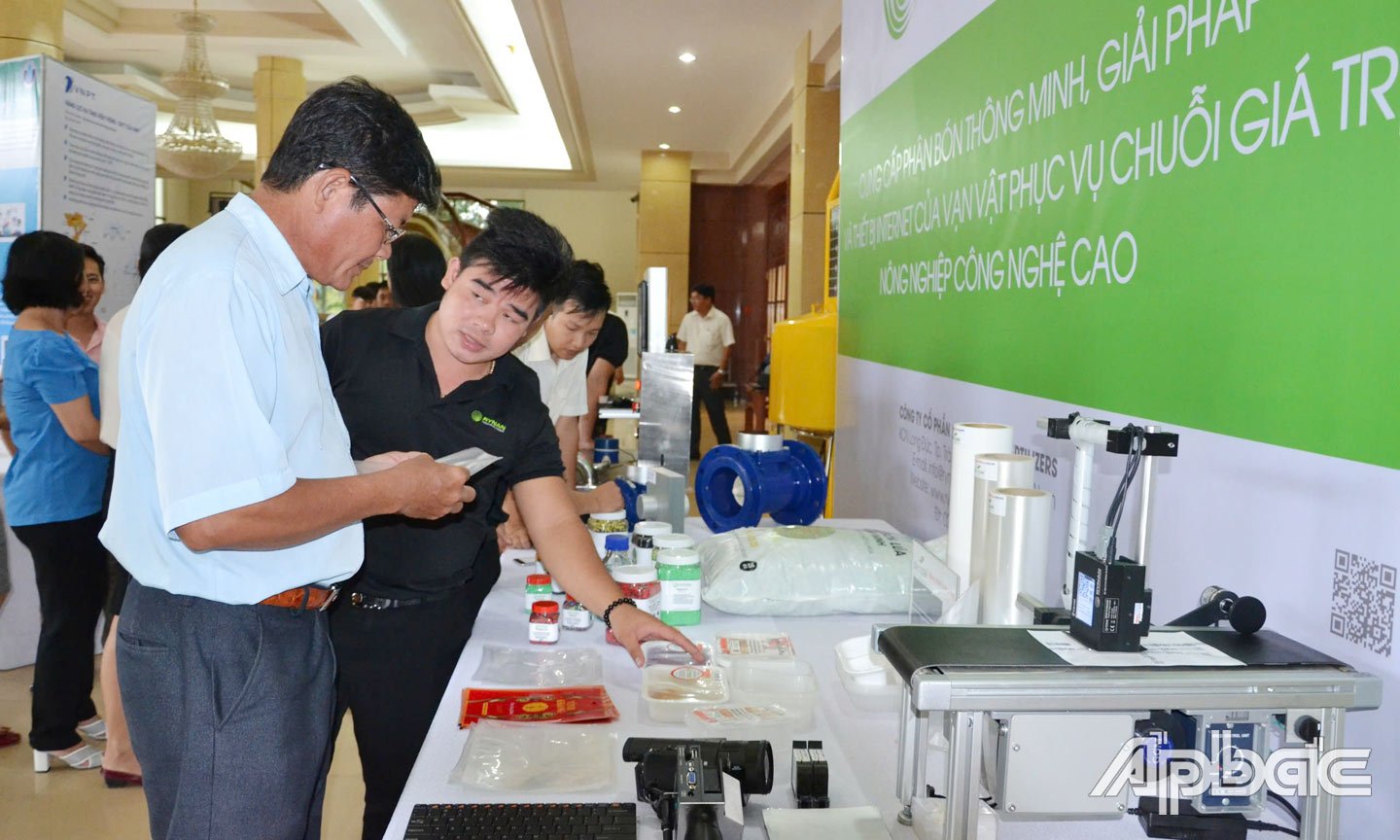 |
| Introducing high-tech application models in agricultural production. |
One of the aspects is that the industry has changed its state from defense, resistance to attack, breakthrough in some industries, such as: Rice, vegetables and fruits. Therefore, the role and position of "support" of agriculture is increasingly affirmed, ensuring sufficient supply of food, foodstuffs, essential goods for domestic consumption, firmly ensuring national food security.
Not to mention the great contribution to the export value is the fruit and vegetable industry, with a record figure of 7.2 billion USD in 2024, nearly double the previous record set in 2018 of 3.81 billion USD. In fact, this is the result of a transformation process with a lot of effort from the industry. Perhaps one of the clear successes of the agricultural sector is to activate economic thinking, market thinking and "digitalization" in many fields.
The lessons of “good harvest, low price” have helped us understand that if we produce less and better, the benefits from the market will be greater. And of course, in that common success, technological innovation and the application of modern equipment in production have contributed greatly.
In the general success of Tien Giang's agricultural sector in recent times, the application of scientific achievements in the agricultural sector has played a very important role in promoting Tien Giang's development, especially after the Provincial Party Committee issued Resolution 06 on September 20, 2011 on the development and application of biotechnology from now until 2015, with a vision to 2020.
In that spirit, in recent years, the Department of Science and Technology has organized and implemented more than 100 provincial-level scientific and technological tasks, focusing on the fields of rural agricultural development, fruit orchards, livestock farming, aquaculture and small-scale industry development; especially forming many programs to support the comprehensive development of the province's specialty fruit trees, including: Go Cong cherry, Lo Ren Vinh Kim star apple, Tan Lap pineapple, Hoa Loc mango, Cho Gao dragon fruit.
In parallel with conducting scientific research to serve the agricultural and rural development sector, the industry has also focused on supporting business development activities. Accordingly, the industry has supported loans from the Science and Technology Development Fund for many businesses to carry out investment projects to expand production and business, innovate machinery systems, invest in warehouses and packaging lines for export products; invest in equipment to mechanize land preparation for agricultural production according to GAP standards...
Not to mention, scientific and technological activities supporting brand protection and promotion are also focused on, such as: Registering collective ownership protection for agricultural specialties of the province such as: Vinh Kim star apple; Tan Lap pineapple; Go Cong cherry; Co Co hairy grapefruit; Cho Gao dragon fruit; Ngu Hiep durian; Cho Gao sticky rice; Go Cong melon; My Thanh Nam safe rice; Than Cuu Nghia safe vegetables; Go Cong shrimp paste; Go Cong chicken, eel; Go Cong clam; Mac Bac Kim Son sapodilla....
TOUCH TO CONNECT
The application of science and technology in agricultural production stages has recently been focused on and implemented in many stages, bringing significant benefits. Not to mention, the application of IoT (Internet of Things - IoT) in agricultural production has also become an urgent need; not only because of its convenience, but also because it is suitable for the development trend, especially before the impact of the 4.0 revolution.
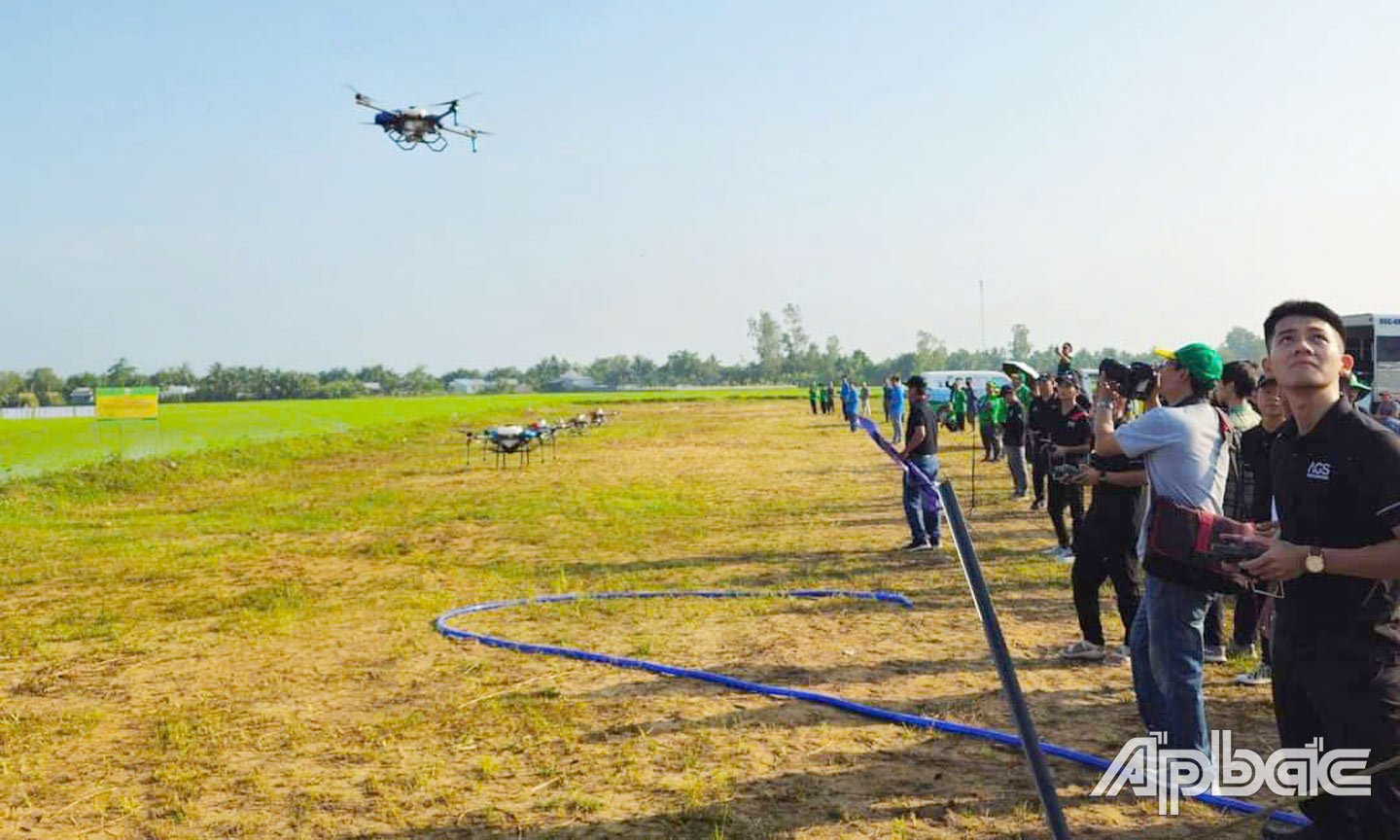 |
| Demonstration of agricultural production support equipment at the Rice Festival - Hau Giang 2023. |
In fact, there are currently many IoT application models in agricultural production that have been implemented both domestically and internationally. For example, the IoT application model for growing plants in greenhouses and greenhouses through a system to monitor environmental parameters such as: pH, EC conductivity of hydroponic solutions, temperature, air humidity or a smart control model for gardens through monitoring temperature and air humidity; information on soil moisture is monitored and recorded; reducing labor costs, increasing productivity and reducing water consumption.
In fact, there is also a model of increasing productivity by using effective lighting techniques to shorten cultivation time, increase output by 2 times, and improve the quality of vegetables and fruits (color, nutrients). IoT technology in beekeeping for honey is also applied through a sensor system that allows monitoring: Honeycomb temperature, honey weight, bee colony activity every 5-10 minutes.
Or the model of applying IoT technology to monitor the health status of dairy cows related to the reproductive cycle and body temperature. Not to mention, the model of applying IoT technology in fish and shrimp farming through the installation of a sensor system to measure environmental parameters of aquaculture, allowing regular monitoring: Water temperature, dissolved oxygen DO, pH, ORP index... to monitor water quality, helping to reduce 40% - 50% of fish loss, reduce labor costs...
In the province, in recent times, a number of IoT application models in agricultural production have also been implemented. A few years ago, the Project of Automatic Salinity Testing at Water Stations for the Go Cong Freshening Area based on the Internet of Things and Cloud Computing was also deployed.
The objective of the project is to build a model to automatically check salinity at water intake points for the Go Cong Freshening area based on the Internet of Things and Cloud computing platform.
The automatic salinity measurement model in this study allows for more accurate salinity measurements because each water intake point will measure at multiple locations and directly measure the water source. The project approaches using cloud computing services to make data sharing and application development using this data easier.
In addition, operating costs are also significantly reduced compared to building data servers yourself. This is considered the first study to apply the Internet of Things and cloud computing platform to automatically monitor salinity for water sources in Vietnam...
In the coming time, the agricultural sector of Tien Giang in particular and the whole country in general, still has a lot of work to do due to the impact of the market, the drought and saltwater intrusion situation, including the rapid digital transformation trend...
Accordingly, the Tien Giang Agriculture sector also set out many tasks and solutions such as: Continuing to implement the Project to adjust the restructuring of the Tien Giang Province Agriculture sector to 2030 associated with new rural construction; disease prevention and control; rural economic development... Of course, digitalization in the Agriculture sector is also one of the set goals.
Looking at the bigger picture, the agricultural sector of the whole country has also boldly approached the trend of “touching to connect”. That is to activate the “digital” mindset in industry management and operation, gradually getting used to collecting, processing data, and analyzing information on smart devices.
“Touch to connect” to the area and output of raw material areas, linked to the codes of growing and farming areas. “Touch to connect” to the chart measuring the progress of implementing the “Project of 1 million hectares of high-quality and low-emission rice cultivation associated with green growth in the Mekong Delta by 2030”…
Agriculture in the 4.0 era is gradually taking shape, so the thinking about agricultural economics and the thinking about the consumer market are also constantly changing. Only then will the agricultural sector be worthy of being a solid "pillar" for the economy.
In fact, digital transformation and technological innovation have been and are very important factors, becoming a great driving force for development. This is no longer a common trend, but has become the "key" to success in many fields in the coming time. And Tien Giang is also determined to pursue this goal.
THE ANH
(to be continued)
Source: https://baoapbac.vn/kinh-te/202505/doi-moi-cong-nghe-thuc-tien-va-hanh-dong-bai-3-so-hoa-nong-nghiep-1043770/


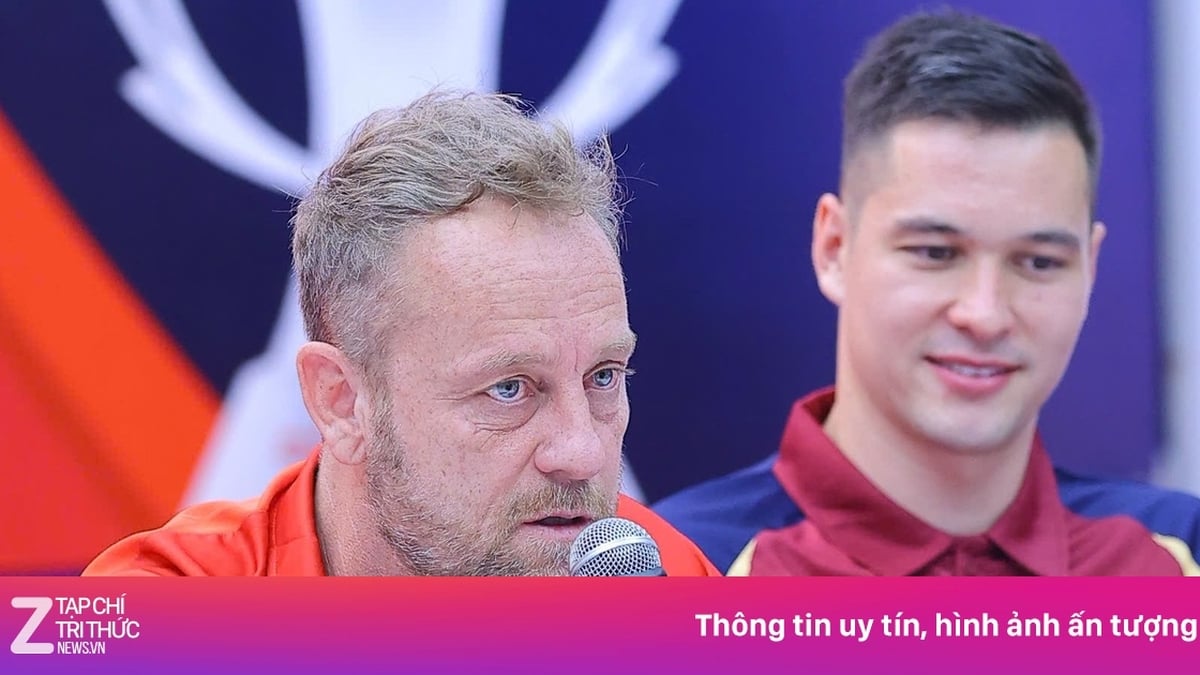

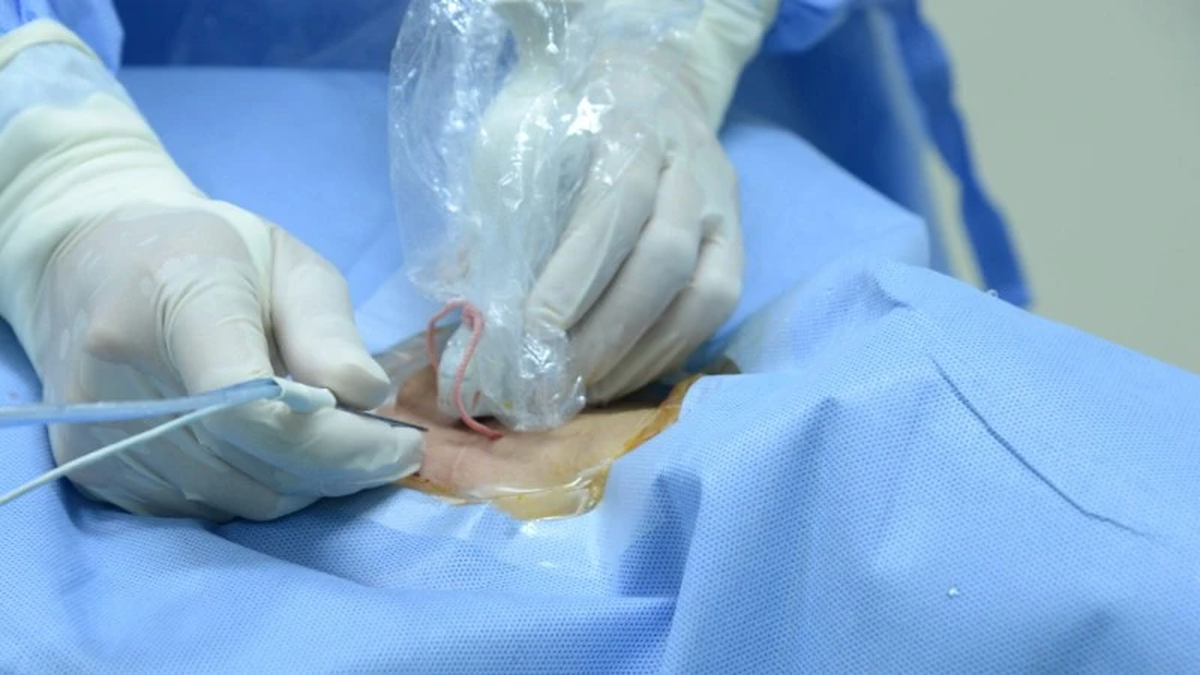

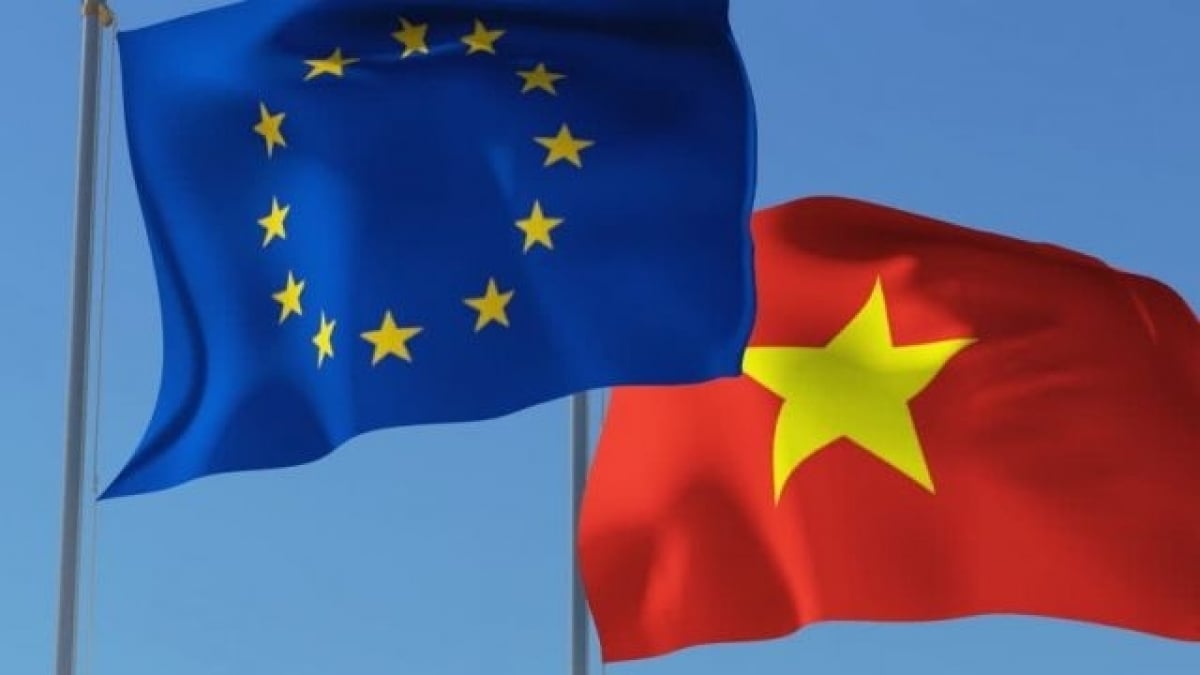
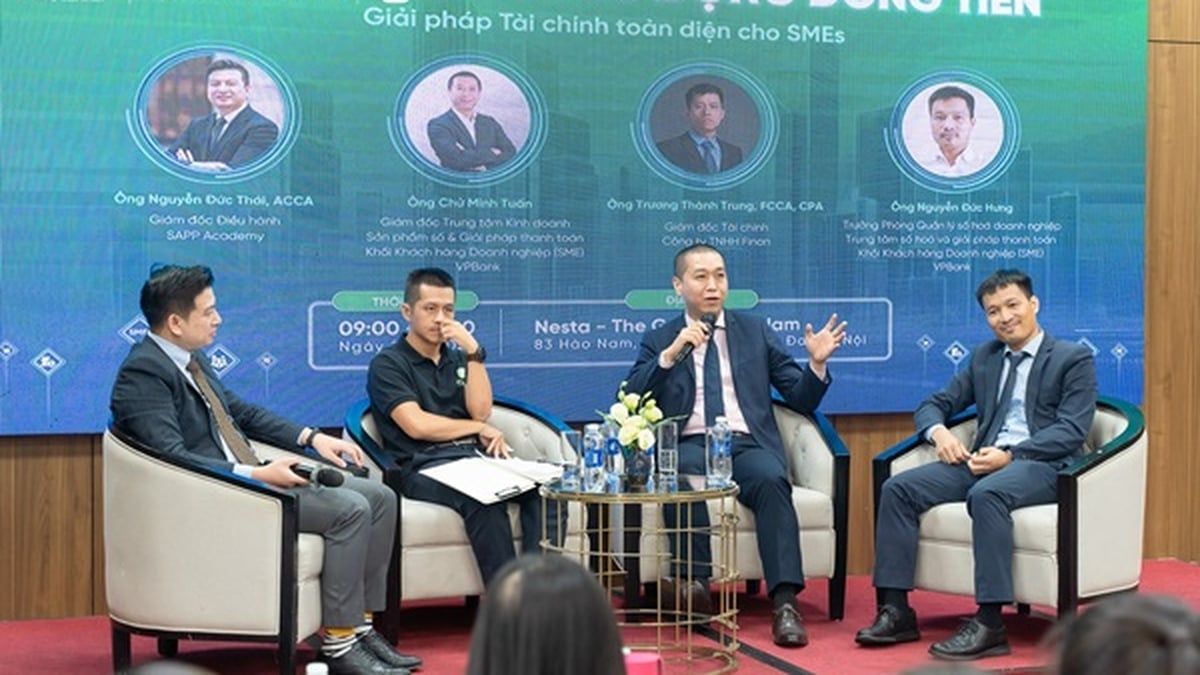
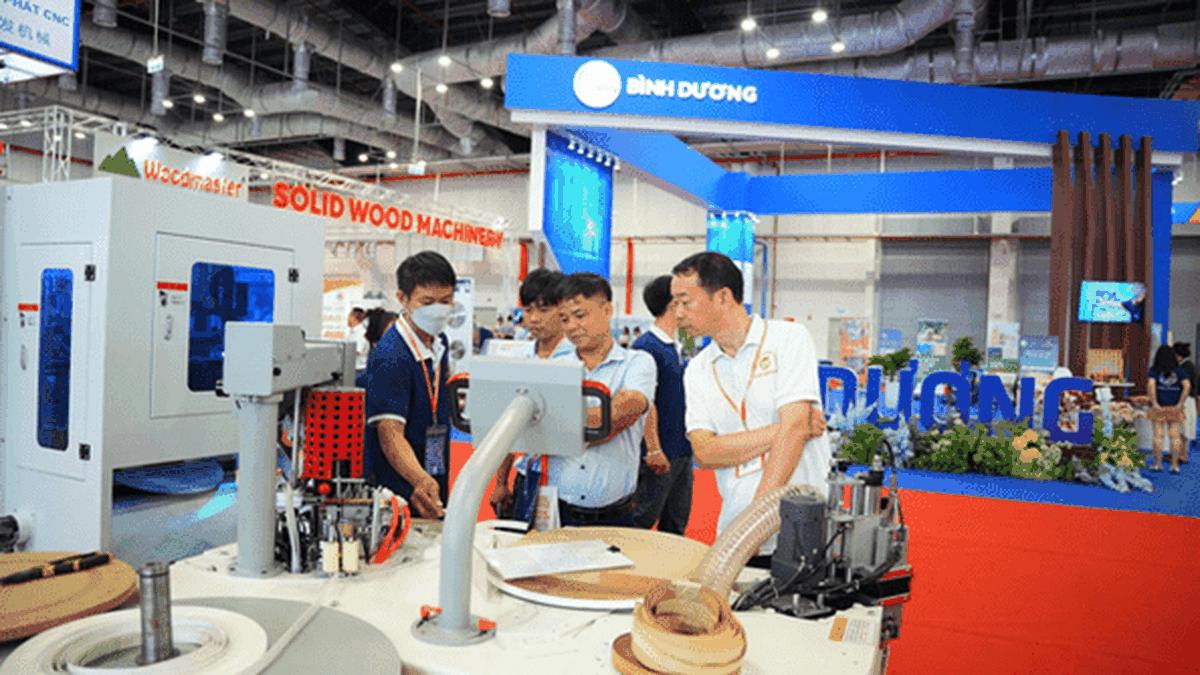

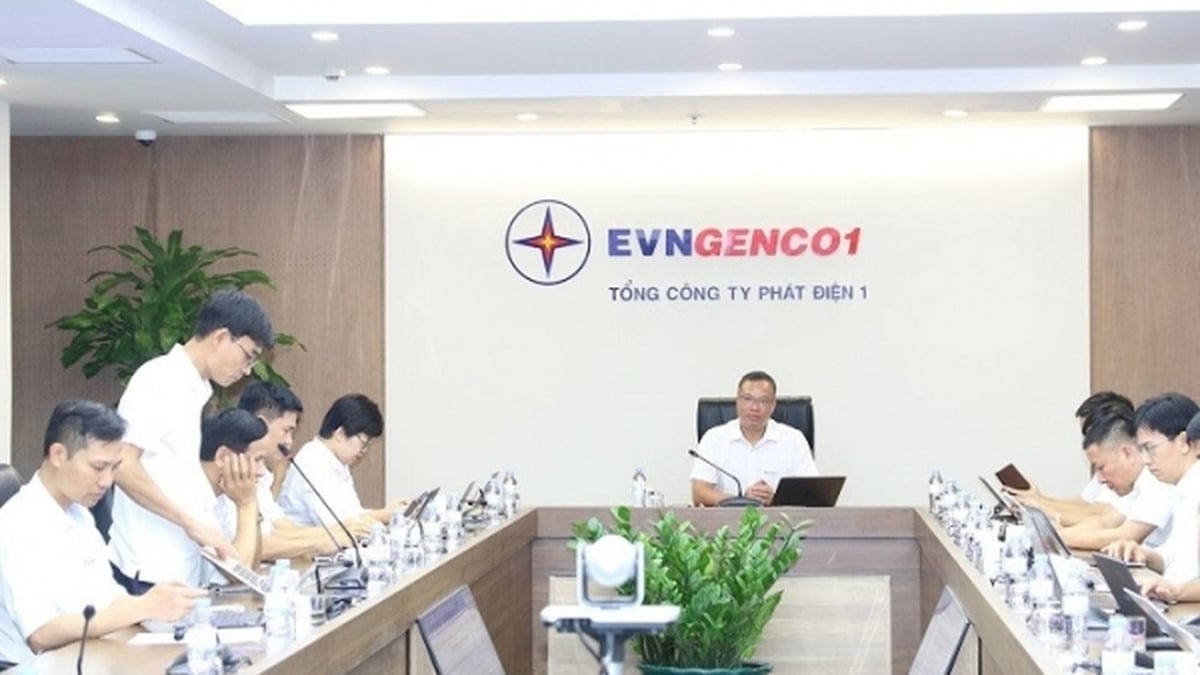
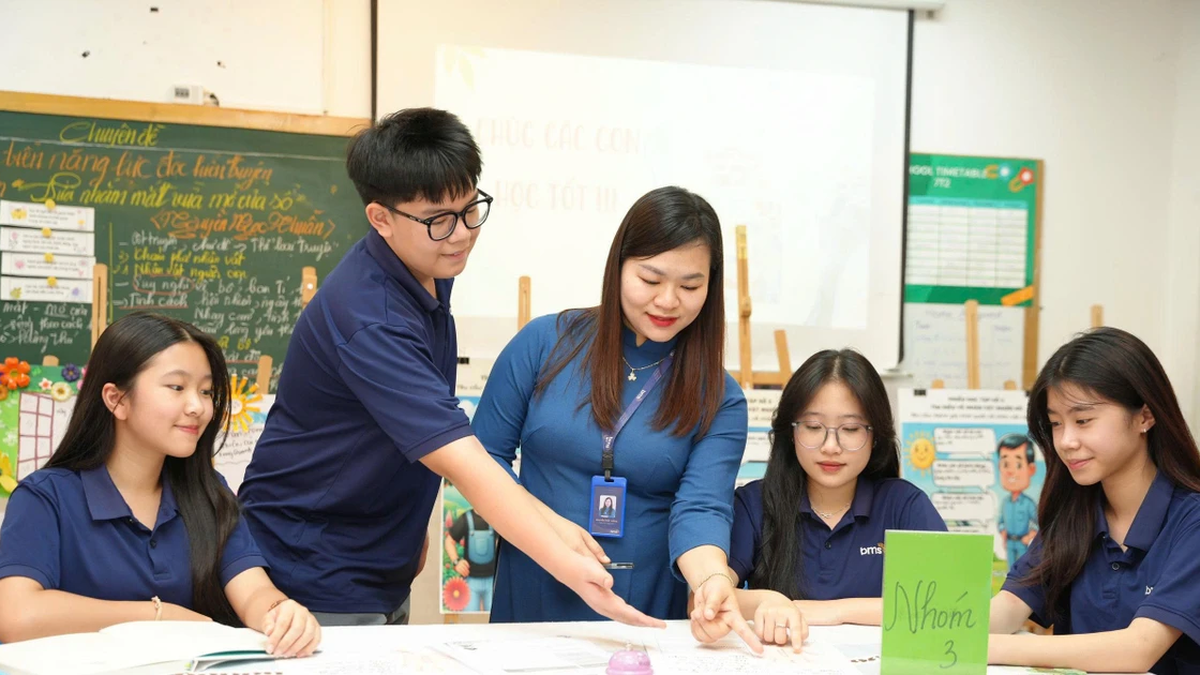






















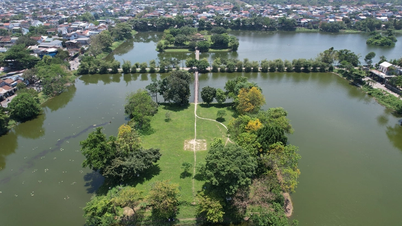

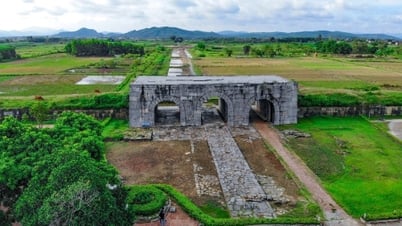

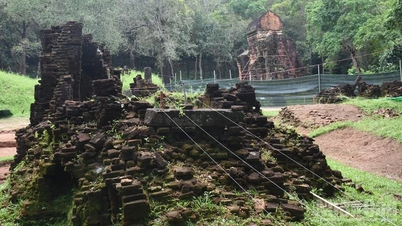










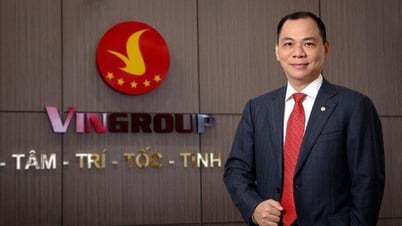




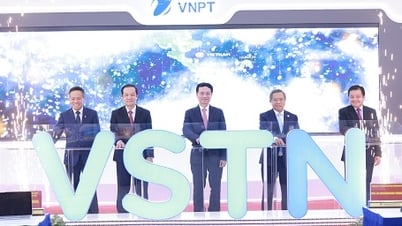

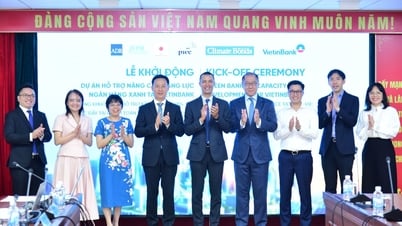

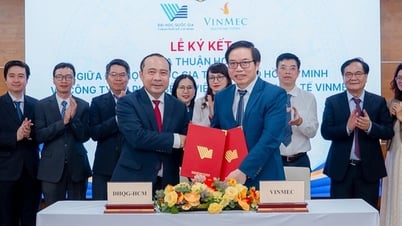
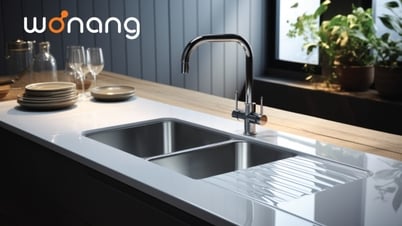
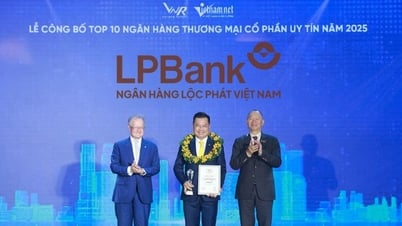
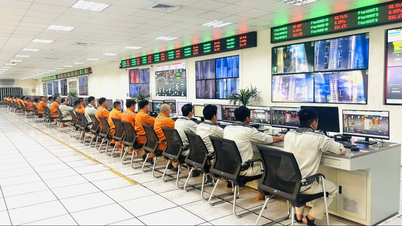

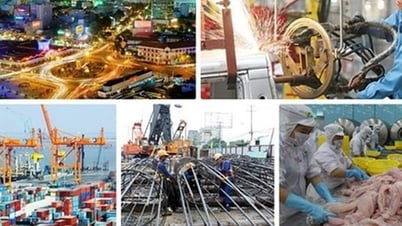


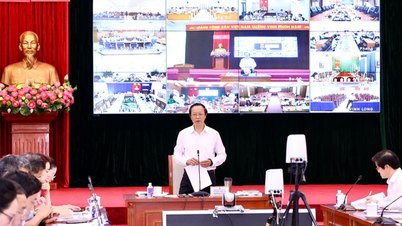
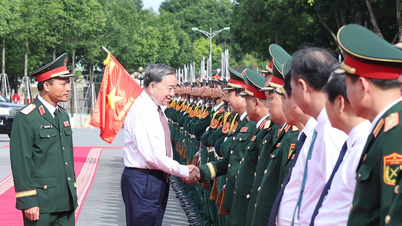
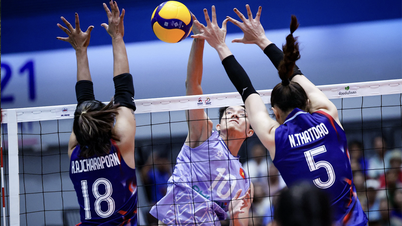
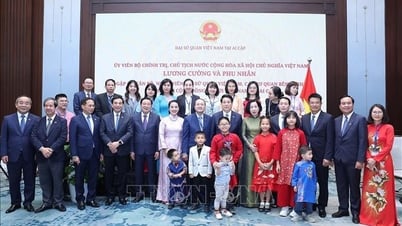

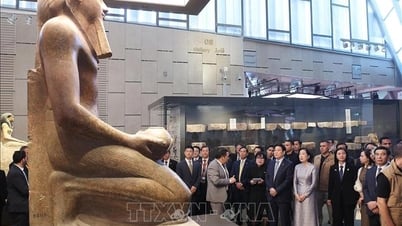

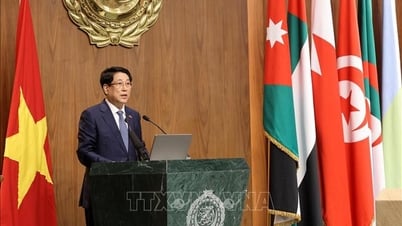
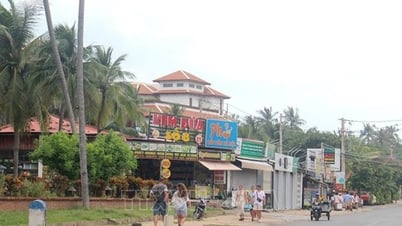

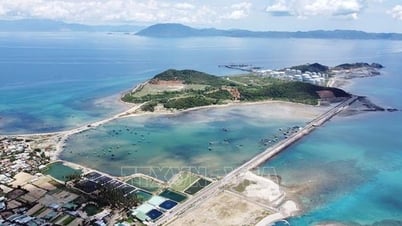






















Comment (0)